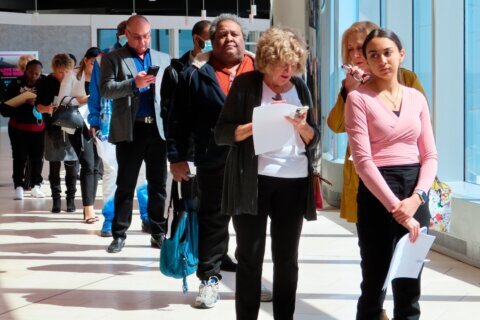Elon Musk now wants to buy Twitter after all. While that’s good news for Twitter’s long-suffering shareholders, Tesla investors hope he still has some time for them. They need a little help, too.
Sure, Musk still has many fans on Wall Street and behind the wheel. But some are growing tired of how the world’s richest person can’t focus more on the company that has provided him with the bulk of his wealth.
Tesla reports earnings after the close on Wednesday. Shares are down more than 35% this year amid concerns about the fact that Tesla recently reported weaker production and delivery numbers than expected for the third quarter.
Wall Street still expects extremely strong sales and earnings growth, with consensus forecasts calling for a more than a 60% jump in revenue and profit. But analysts have been trimming those estimates in the past few weeks.
That’s partly due to the fact that Tesla faces growing competition in the United States from the likes of GM, Ford, Volkswagen and other electric vehicle upstarts such as Rivian and Lucid.
There are big challenges in China as well, with Tesla going up against homegrown EV rivals like Nio, Xpeng and Li Auto. There’s also BYD, a Chinese auto firm backed by Warren Buffett’s Berkshire Hathaway.
To be fair, the entire auto sector is struggling this year due to growing worries about a global recession, surging energy prices and, of course, brutal competition.
All the major US, European and Japanese car maker stocks are down about 20% to 45% this year. And shares of the pure play EV companies (both in the US and China) have each plunged about 60% to 80% in 2022.
Too many distractions
Gary Black, managing partner at the Future Fund and a Tesla shareholder, has been tweeting for the past few weeks that concerns about Twitter are a headache for Tesla investors.
In one tweet, Black said there are several problems for Tesla due to Twitter. Two of the biggest? The overhang from an eventual Tesla stock sale by Musk to finance the deal and the distraction for Musk, especially since “Elon’s core competency is engineering/tech” and Twitter is more of an ad-driven media business.
Tesla also has no chief operating officer. That means Musk has to take a hands-on approach at Tesla while also being distracted by his numerous other pursuits, such as SpaceX, The Boring Company, Neuralink and potentially Twitter.
The underwhelming deliveries and production numbers also underscore how a slowing global economy (and possible recession) could hurt Tesla.
“Are we sure the problem is only supply and not (partially) related to demand?” asked Morgan Stanley analyst Adam Jonas in a recent report.
Jonas added, saying it “would be unreasonable to assume” that the company can keep raising prices without demand suffering, especially if the economy is slowing.
Demand could also take a hit as Tesla faces even more competition in the US.
“To enhance its competitive position, Tesla will need to expand its range of products to contend with a substantially higher number of models from established global automakers and start-ups by the end of 2025,” said analysts at S&P Global Ratings in a recent report.
The S&P analysts are confident Musk can pull this off. They even recently upgraded their credit rating on Tesla. But they conceded that it won’t be easy. The margin of error is slim. S&P estimates the number of electric vehicle models available in North America will exceed 100 by 2026, more than four times current levels.
“Over the next 3-5 years, a few of these could become formidable competitors for Tesla,” the analysts said.







